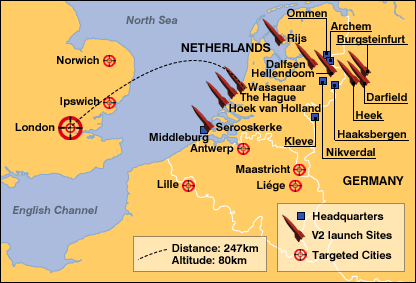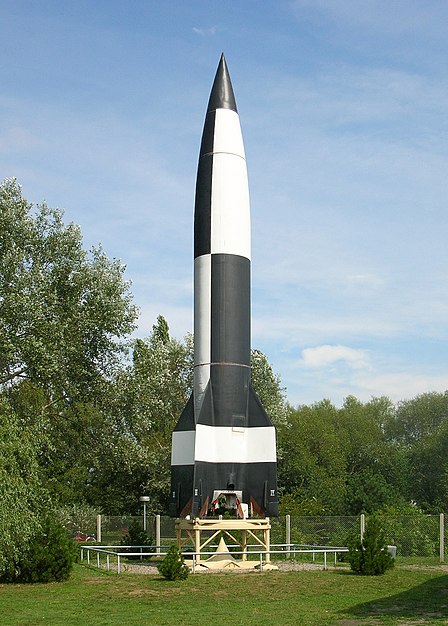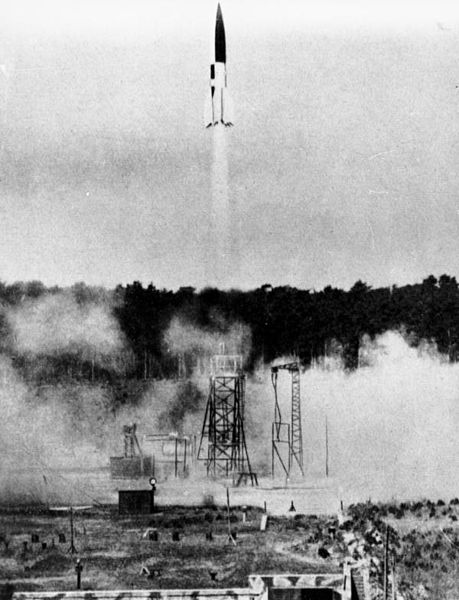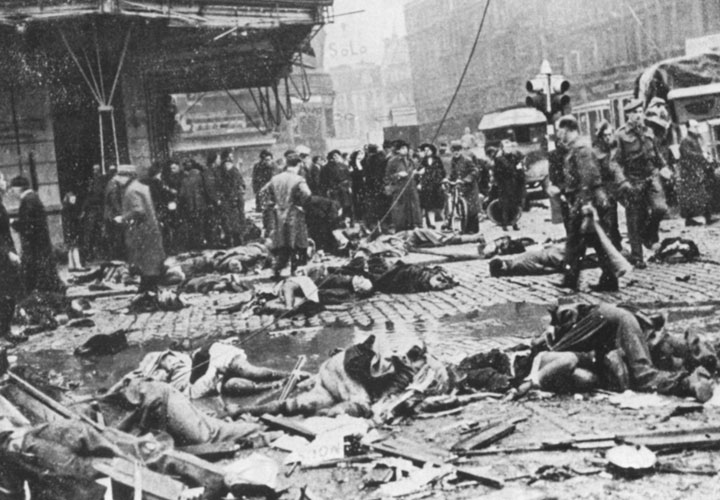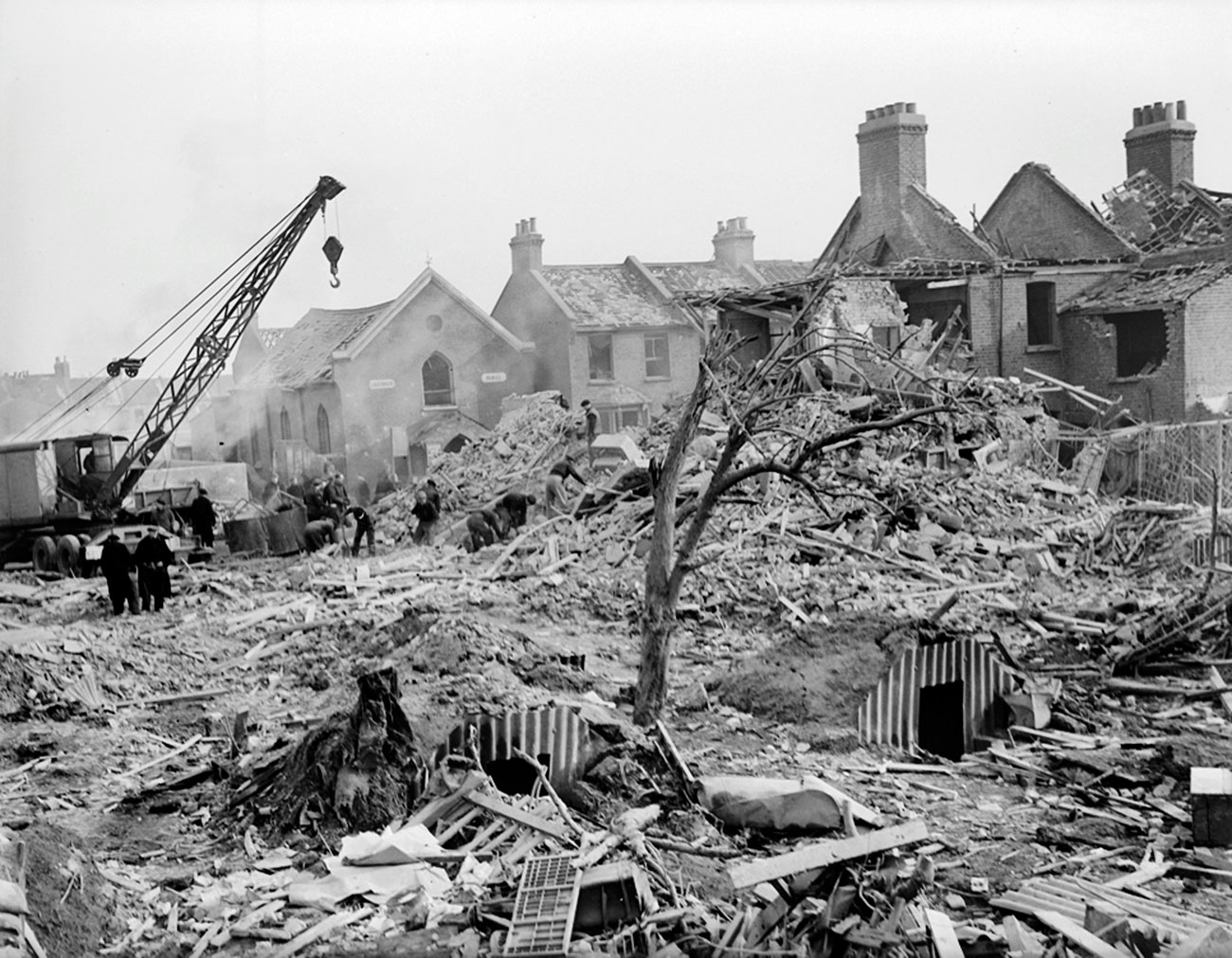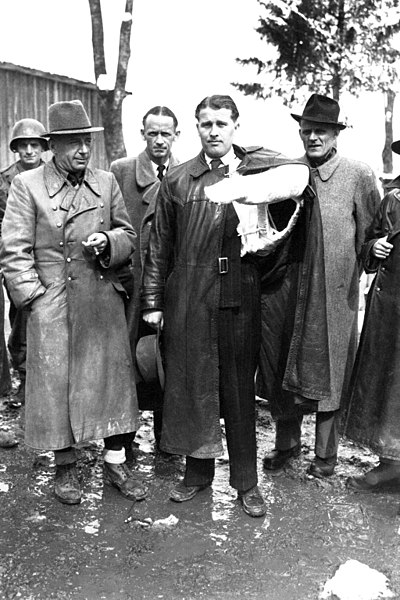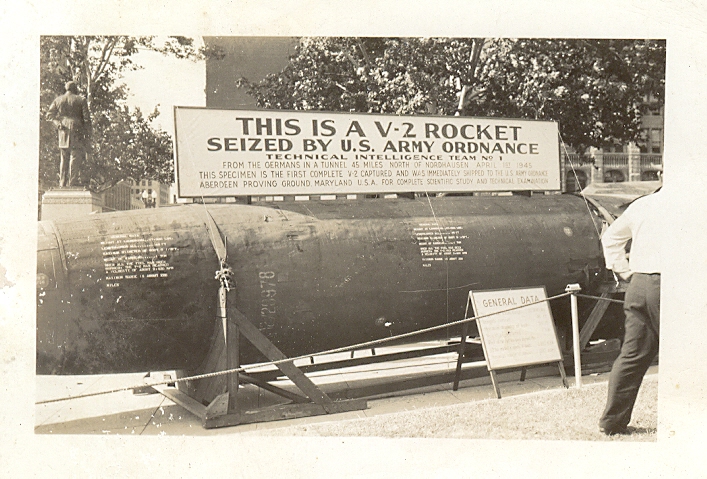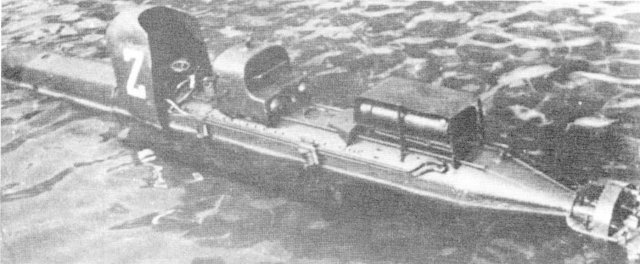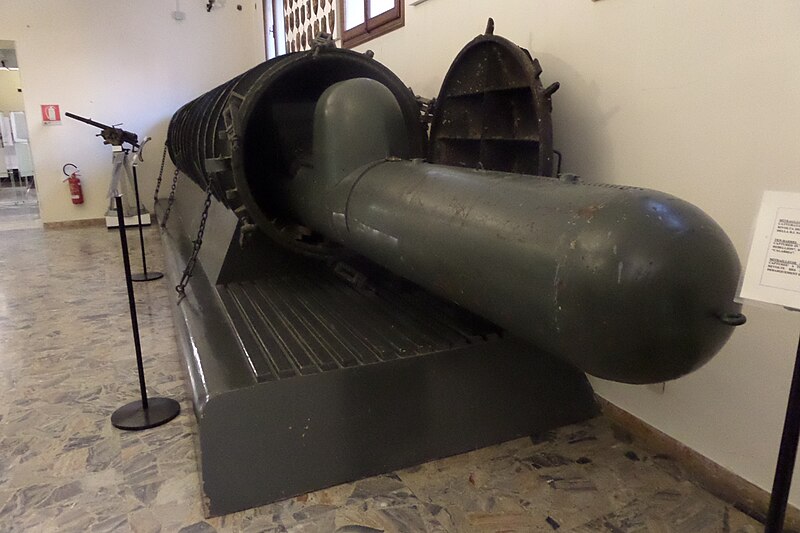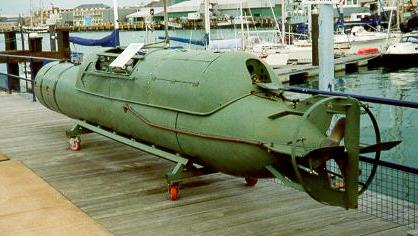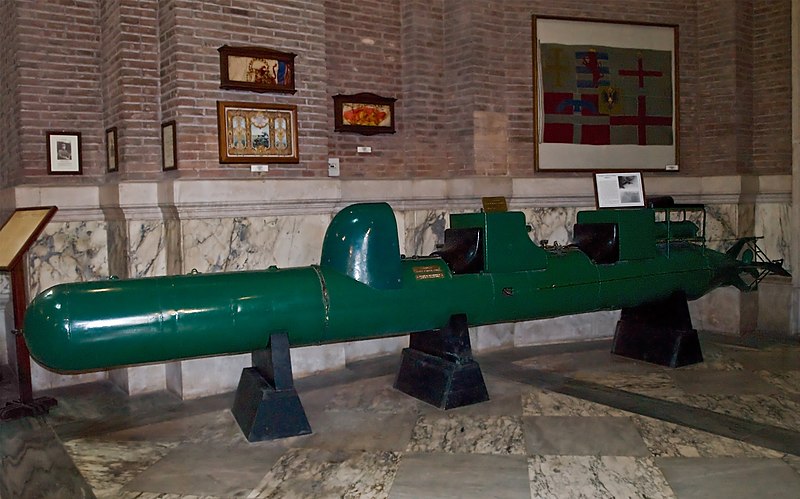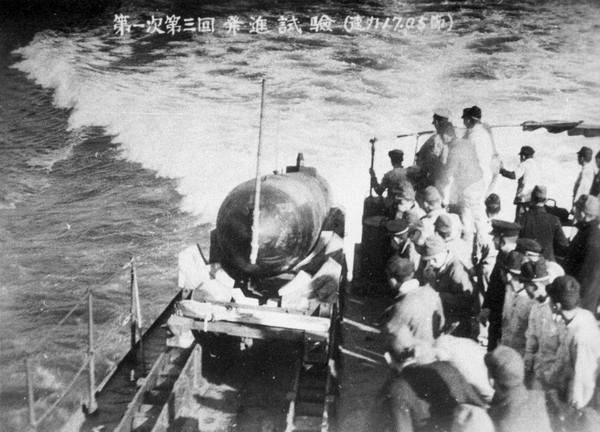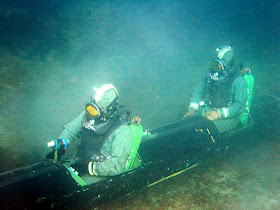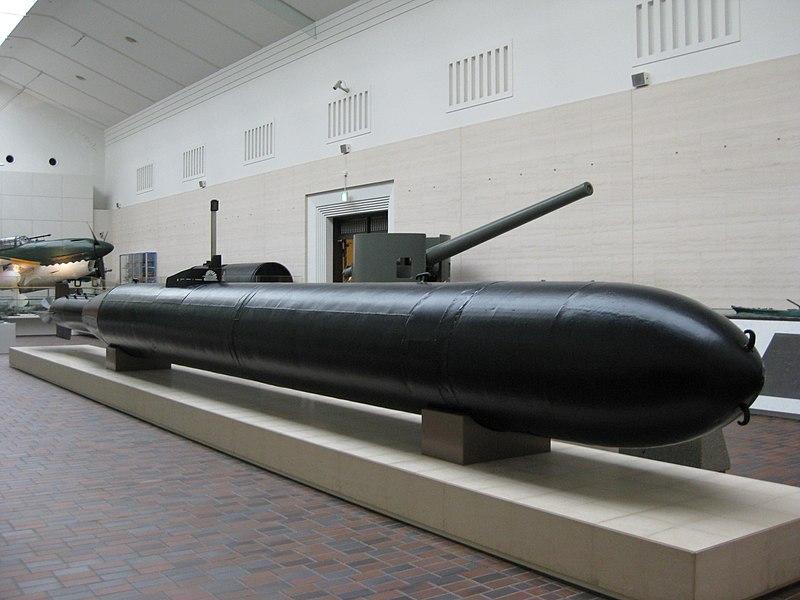
On this day, Andrew Browne Cunningham, Admiral of the
British Fleet, commands the British Royal Navy's destruction of three
major Italian cruisers and two destroyers in the Battle of Cape Matapan
in the Mediterranean. The destruction, following on the attack on the
Italian Fleet at Taranto by the British in November 1940, effectively
put an end to any threat the Italian navy posed to the British.


Admiral Cunningham was one of Britain's most distinguished naval officers, having served as Gen. Dwight Eisenhower's naval deputy. As Commander in Chief Mediterranean, he had a clear-cut goal: to disable the Italian navy. When the war began, Britain's ships were generally older than Italy's. By the fall of 1940, with the surrender of the French to the Germans the previous June, Britain was alone and shaky in the Mediterranean.

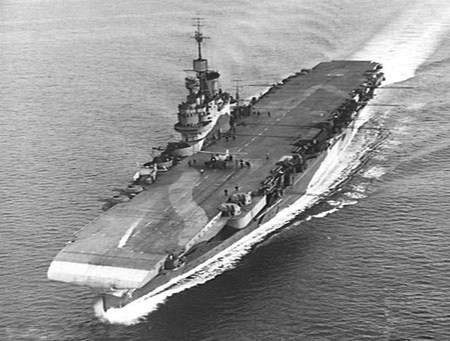
Admiral Cunningham knew he had to confront the Italian navy soon and considered an offensive while the Italian Fleet was still in harbor the most prudent strategy. On November 11, 1940, the British aircraft carrier Illustrious was 170 miles southeast of the Italian navy port at Taranto in southern Italy. Twenty-one Swordfish aircraft took off from the Illustrious and launched a raid against the Italian Fleet. The Italians lost three battleships, sending a shockwave through the Italian navy.




The next major engagement between the Royal and Italian fleets was at Cape Matapan, off Greece's southern tip. On March 25, 1941, British air reconnaissance picked up increased Italian naval activity off Greece and Crete, and further intelligence confirmed an Italian plan to attack a British convoy in the area. Two days later, Admiral Cunningham put his battle fleet to sea to meet up with Vice-Admiral Pridham-Wippell's cruiser force. The element of surprise was crucial, given that the Italian fleet was larger, faster, better armed, and more modern.


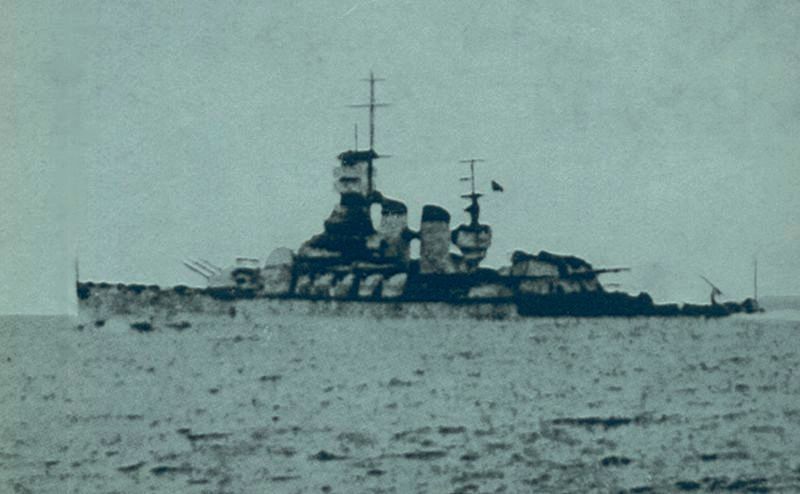
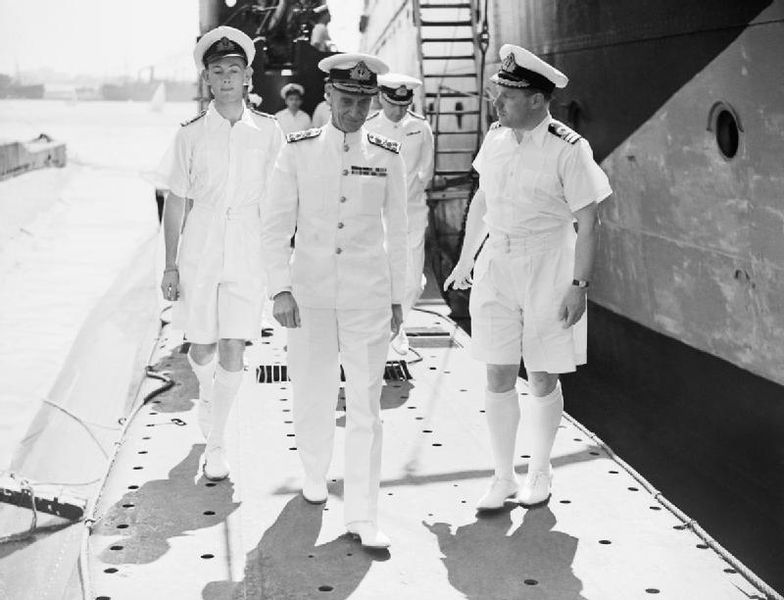
The Italian battleship Vittorio Veneto spotted Pridham-Wippell's cruisers and opened fire. The Italians missed and the Brits got away; the RAF followed up with an air attack, but this time it was the Vittorio Veneto that got away. But, on March 28, the British battleship Warspite proved a better shot, firing five 15-inch shells at the Italian cruiser Fiume, crippling it. Another Italian cruiser, the Zara, was hit broadside by the Brits' Valiant and Barham and suffered a similar fate. The Pola was also struck by an 18-inch torpedo; it caught fire and lay dead in the water. Once the crew was taken off, torpedoes sank it. On top of these crushing losses, two escorting destroyers, the Alfieri and the Carducci, were also sunk by the Royal Navy.
In total, the Italians lost 2,303 men from the five ships. The long-term effect on the Italian navy was to effectively render it impotent.
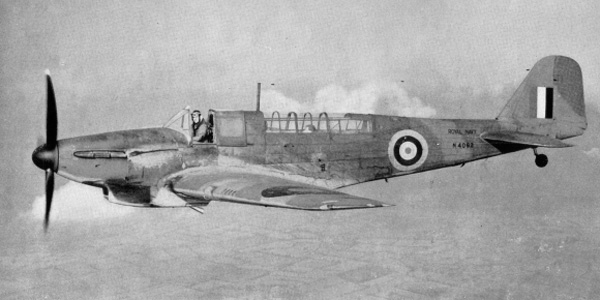
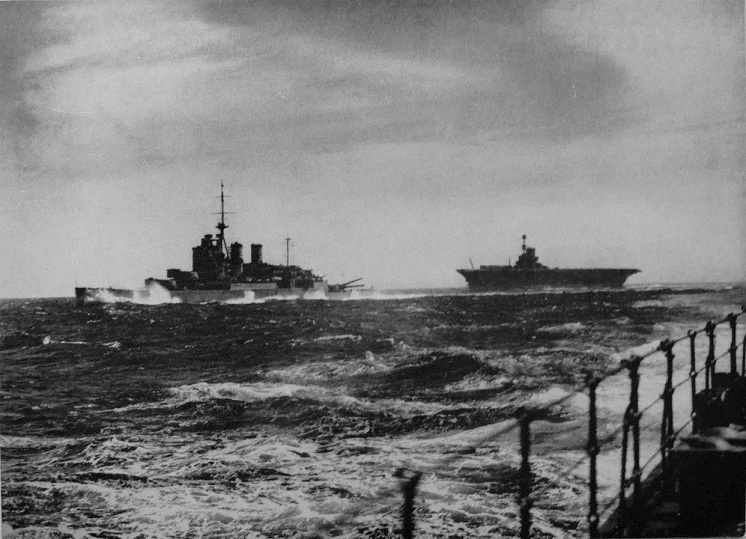

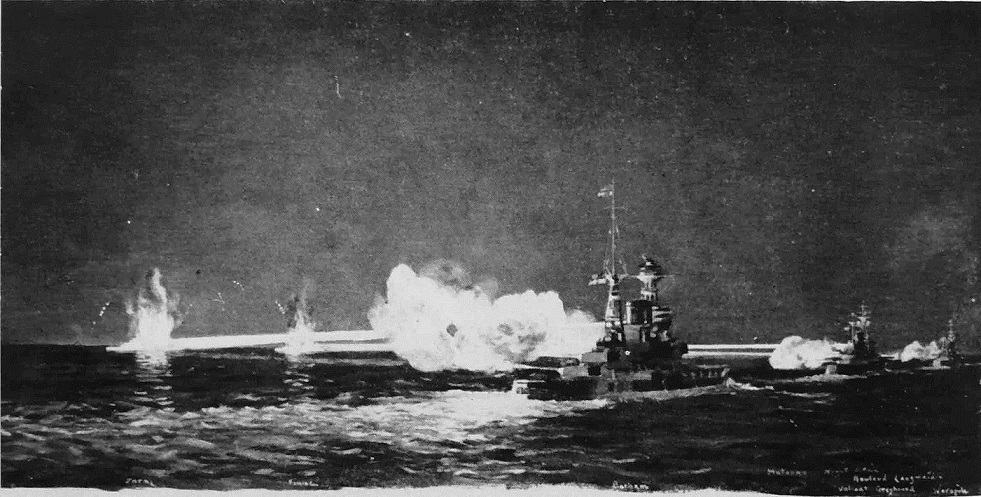

Footnote: Exactly one year later, on March 28, 1942, a British sub near Antipaxo sunk the Italian ocean liner Galilea, which was being used to transport troops from North Africa back to Italy. The loss of the liner entailed the loss of 768 Italian soldiers and crewmen.
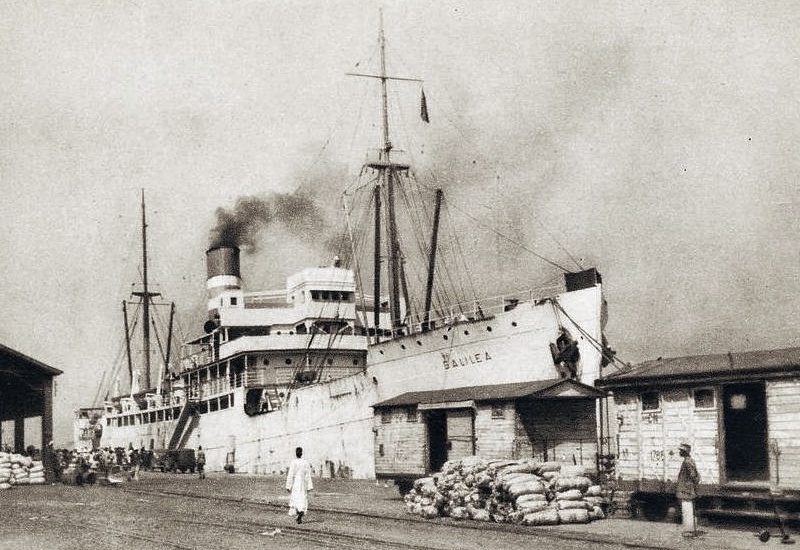
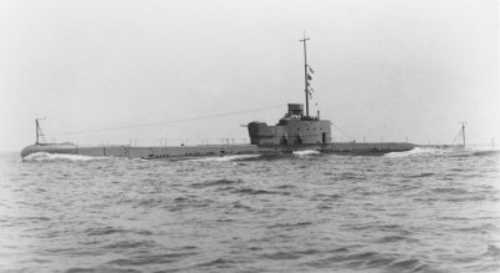
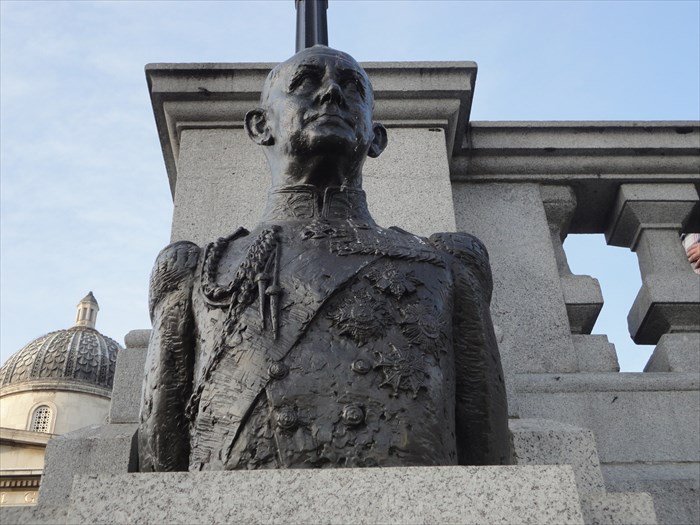
Taken from: http://www.history.com/this-day-in-history/cunningham-leads-fateful-british-strike-at-italians [28.03.2014]


Admiral Cunningham was one of Britain's most distinguished naval officers, having served as Gen. Dwight Eisenhower's naval deputy. As Commander in Chief Mediterranean, he had a clear-cut goal: to disable the Italian navy. When the war began, Britain's ships were generally older than Italy's. By the fall of 1940, with the surrender of the French to the Germans the previous June, Britain was alone and shaky in the Mediterranean.


Admiral Cunningham knew he had to confront the Italian navy soon and considered an offensive while the Italian Fleet was still in harbor the most prudent strategy. On November 11, 1940, the British aircraft carrier Illustrious was 170 miles southeast of the Italian navy port at Taranto in southern Italy. Twenty-one Swordfish aircraft took off from the Illustrious and launched a raid against the Italian Fleet. The Italians lost three battleships, sending a shockwave through the Italian navy.




The next major engagement between the Royal and Italian fleets was at Cape Matapan, off Greece's southern tip. On March 25, 1941, British air reconnaissance picked up increased Italian naval activity off Greece and Crete, and further intelligence confirmed an Italian plan to attack a British convoy in the area. Two days later, Admiral Cunningham put his battle fleet to sea to meet up with Vice-Admiral Pridham-Wippell's cruiser force. The element of surprise was crucial, given that the Italian fleet was larger, faster, better armed, and more modern.



The Italian battleship Vittorio Veneto spotted Pridham-Wippell's cruisers and opened fire. The Italians missed and the Brits got away; the RAF followed up with an air attack, but this time it was the Vittorio Veneto that got away. But, on March 28, the British battleship Warspite proved a better shot, firing five 15-inch shells at the Italian cruiser Fiume, crippling it. Another Italian cruiser, the Zara, was hit broadside by the Brits' Valiant and Barham and suffered a similar fate. The Pola was also struck by an 18-inch torpedo; it caught fire and lay dead in the water. Once the crew was taken off, torpedoes sank it. On top of these crushing losses, two escorting destroyers, the Alfieri and the Carducci, were also sunk by the Royal Navy.
In total, the Italians lost 2,303 men from the five ships. The long-term effect on the Italian navy was to effectively render it impotent.





Footnote: Exactly one year later, on March 28, 1942, a British sub near Antipaxo sunk the Italian ocean liner Galilea, which was being used to transport troops from North Africa back to Italy. The loss of the liner entailed the loss of 768 Italian soldiers and crewmen.



Taken from: http://www.history.com/this-day-in-history/cunningham-leads-fateful-british-strike-at-italians [28.03.2014]


